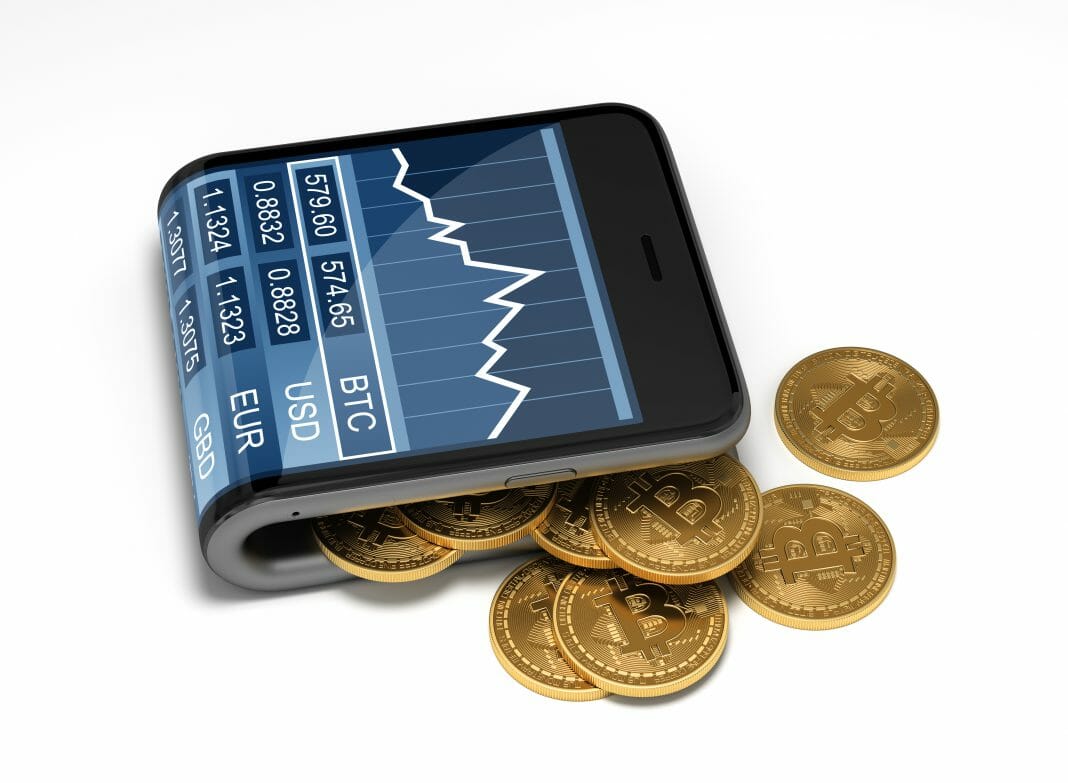More and more users have at least 0.01 BTC in their wallets. Days after the halving, analysts forecast an increase in the price of Bitcoin in the coming months.
The date that the mining community expected in this 2020 arrived. Last May 11th, the third halving in Bitcoin’s history reduced the number of rewards per block. After this third halving, there has been an increase in the number of Bitcoin wallets that have less than 0.01 BTC.
According to Glassnode, pioneering platform on chain-market analysis, the number of Bitcoin (BTC) addresses with less than 0.01 BTC (USD 86) increased by 235%, compared to Bitcoin’s second halving, which occurred in July 2016. For this reason, there are currently about 10 million Bitcoin wallets with at least 0.01 BTC.
On the other hand, addresses with a balance between 0.01 BTC and 0.1 BTC (approximately between USD 86 and USD 860) increased by 204% compared to 2016, whilst the number of Bitcoin wallets with more than 0.1 BTC, but less than 1 Bitcoin increased 142%.
Glassnode published this data on its official Twitter account, @glassnode, last May 11th. The firm published this tweet with a chart that compared the current number of wallets with 1 BTC to the number of wallets in 2016.
Likewise, the number of wallets with 1 BTC increased by 63.2%, those wallets with 10 BTC increased by 11.2 %, addresses with 100 BTC (USD 860,000) increased by 6.3%, and those with 1,000 BTC (USD 8.6 million) increased by 13.2%.
“The Bitcoin network has seen immense growth since the 2nd halving” Glassnode commented on Twitter.
Bitcoin’s Behavior After the Halving
Sergio Ávila, Analyst at IG Markets, explained that the halving seeks to prevent all bitcoins from ending in only a few hands. “It is a shield that its creator invented to make this coin efficient”, he said.
This Bitcoin distribution mechanism makes the experts consider that the halving will continue to raise the price of this cryptocurrency. The increase could take place months after the halving.
A theory called stock-to-flow allows predicting the Bitcoin price range after the halving, which tends to drive the price of the cryptocurrency, as has happened on previous occasions. The first halving in Bitcoin’s history was in November 2012. After that event, the price of Bitcoin progressively increased from USD 2.01 to USD 270.94.
The second halving was in July 2016, when the price of Bitcoin was USD 164. After the halving, the price saw a sharp rise. On December 17th, 2017, the price of Bitcoin was USD 20,089. With this record, the 2020 halving could also trigger a bullish wave.
Market analyst Plan B recently published an analysis on its Twitter account. In the tweet, Plan B assured that the halving of 2020 could make Bitcoin’s price exceed USD 100,000. This analysis also shows that the price of Bitcoin can reach a million dollars in 2024, following the trend of a great appreciation in each halving.
According to Plan B, and due to the results of the 2012 and 2016 halving, the price of Bitcoin is preparing to reach values never seen before. The increase could occur even 10 or 11 months after the halving.
However, the main obstacle that Bitcoin will have to face is overcoming its volatility and not falling when traditional markets do so, as happen in mid-March due to the crisis that the Covid-19 pandemic caused.
In the so-called Black Thursday, the price of Bitcoin fell to USD 4,700. (50%). This is a behavior that Bitcoin should avoid to obtain positive results.
By María Rodríguez











